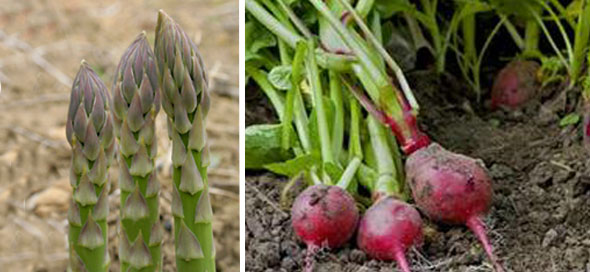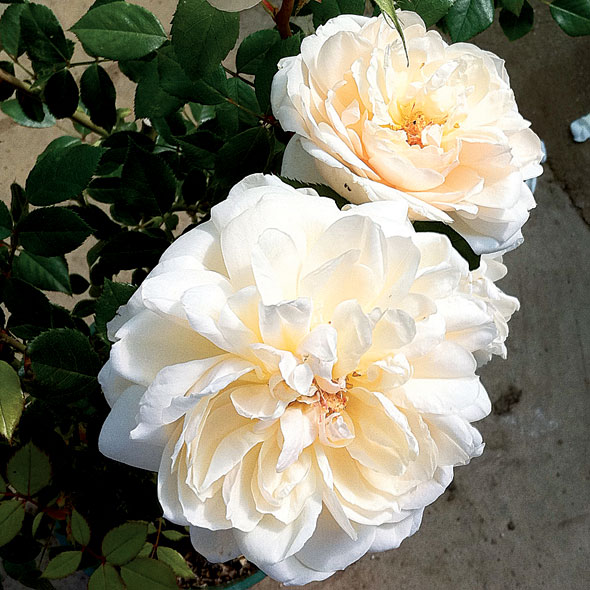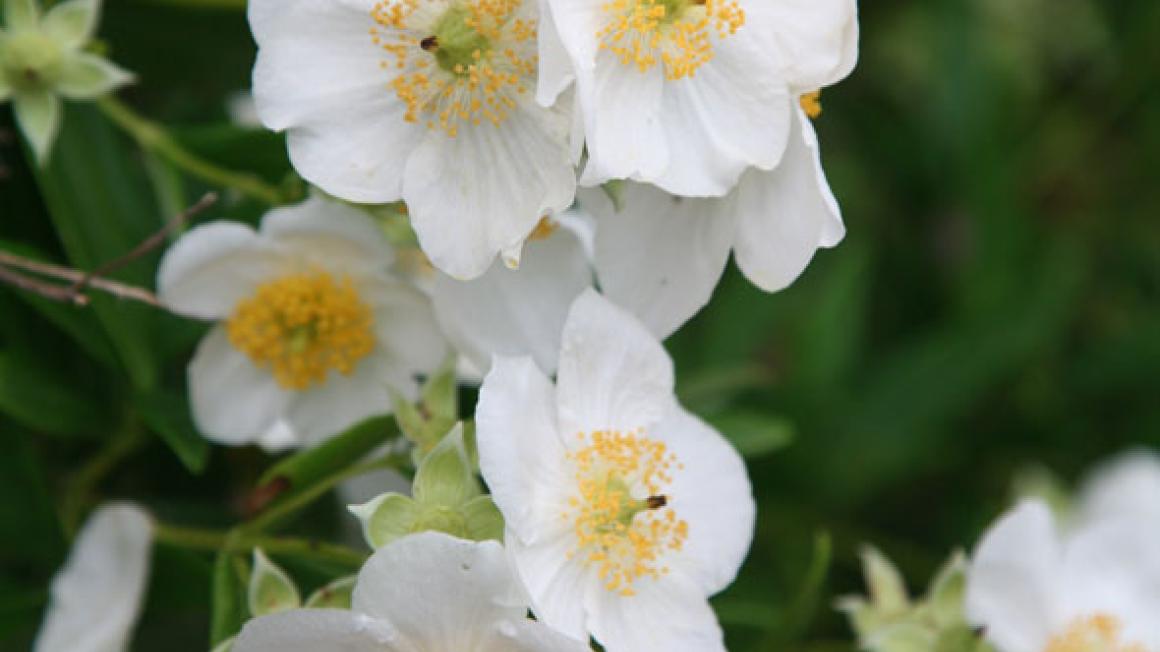Starting from scratch
Six years ago, after a long period of dithering and indecision, I moved from one side of London to the other, to be near children and grandchildren. After some dispiriting months of viewing properties I couldn’t afford or couldn’t face living in, I found, by chance, venturing on a whim to Willesden Green, a little Edwardian house that was neither a wreck nor a project requiring the dismantling of bodged modernisation. There were lots of period features in the house and a loft conversion that was tailor-made for granddaughter sleepovers.
At the end of the viewing, the owner opened the kitchen door, which led straight into the garden. ‘This is our maintenance-free garden,’ he said with pride. I duly took in an expanse of orange decking and, beyond it, an even larger expanse of shingle, graced with two ailing spiky things in pots. A narrow concrete path threaded its way to a brick-paved area at the far end of the garden. On this stood a plastic compost bin, of the sort that councils like to dispense to their ratepayers, and in front, two diseased Peace roses.
Six years later, the garden is a joy. I look down on it from my study at the back of the house, where I write, and it is a constant source of inspiration and infinite interest, as well as a distraction when the words don’t flow. I can see its flaws – for example, the border that won’t quite come right because the trees and shrubs were planted to fit around the dahlias that came from my last garden, and that grew too big and had to go, leaving the planting skewed and difficult to remedy. But visitors love it, and the granddaughters, now somewhat older than when the garden was first laid out, run up and down the asymmetrical path, search for alpine strawberries and vie to mow the minuscule lawn with a lawn mower that they consider ‘cute’.
The garden is tiny by country standards – a mere 56ft long and 15ft wide – but if the bones are right, it is amazing what can be achieved in an apparently unpromising small space. I take no credit for this – I was lucky to find, through a friend of my elder daughter, a local garden designer with a fabulous eye for structure and space. My brief was simple: a terrace large enough to accommodate children’s games, pots of herbs and eating al fresco, a pergola, a lawn and masses of space for plants. The designer achieved this effortlessly, adding, for good measure, a raised octagonal viewing platform at the south-facing end of the garden. Here, beneath a warm brick Victorian wall, some 12ft high, I have a weathered bench, lots more pots containing blueberries and a small fig, tomatoes and salad leaves. A cold frame is tucked away in a corner, and in summer, sweet peas clamber up a hazel wigwam, in yet another terracotta pot.
As I write this column, I can see, at the far end of the garden, the pure white, anemone-like flowers of Carpenteria californica, an evergreen shrub native to California. It needs protection from cold, drying winds, and is happiest grown against a southor west-facing wall. It flowers in June and July and is gorgeously fragrant. Carpenteria californica grows to roughly 2m x 2m, and can be pruned lightly after flowering to preserve a tidy shape.
Close by, a pair of blackbirds are sampling the berries on the Amelanchier lamarckii. In a week or so, we will compete to eat the delicious little purple fruits – its common name is the June Berry tree – that I prefer to blueberries.
Amelanchier lamarckii is a small, deciduous, multi-stemmed tree or shrub, with star-shaped small, snowy-white flowers in early spring, preceding bronze-tinged young leaves. It has fabulous, fiery autumn colour.
Find Carpenteria californica and Amelanchier lamarckii in good nurseries and online at www.crocus.co.uk
Jobs to do this week

Deadhead roses and feed with an organic-based fertiliser to encourage healthy growth and more flowers. Proprietary products abound – try David Austin Rose Food, £9.99 for 1.75kg, including p&p to UK addresses: www.davidaustinroses.com
Stake herbaceous perennials before they are blown over by wind and rain. If you do it after the event, they look like hastily tied parcels and never recover their elegance.
Sow short rows of radishes (French Breakfast is a favourite) to enliven salads, or eat them with a dab of butter and some sea salt as they do in Paris.
Continue to sow French beans and peas for a crop in late summer.
Stop picking asparagus and let the plants produce foliage, which will die back in the autumn, putting goodness back into the crown for next year’s crop.
Plant of the week

Queen’s Jubilee Rose (above), launched at the Chelsea Flower Show, has fully double, goblet-shaped white flowers flushed with peach and is ideal for borders and pots. Flowers throughout the summer. Eventual height: 3ft; spread: 2ft. Order now for bare-root delivery in the autumn: £16.95 plus p&p, www.classicroses.co.uk
3 of the best...Secateurs
A bad workman blames his tools, but in the case of secateurs, this doesn’t apply. Good secateurs are essential for good gardening. These are my favourites…

1 Felco 12 is the model for those of us who have painful thumb joints from too much gardening. Top of the range, Swiss made and with a rotating cutting blade handle that spreads muscular effort across all fingers and reduces the overall effort by 30 per cent: £52.99, www.worldoffelco.co.uk
2 Sarah Raven’s Essential Secateurs are hardwearing, with good shockabsorbency, and come in a range of bright colours (red, orange, yellow, green, blue and purple), which means they won’t get lost in the border: £14.95, www.sarahraven.com
3 Fiskars Single Step Bypass Secateurs are the ones I use all the time on the allotment. They’re sturdy and well balanced, have a comfortable grip and are very good value: £11.95, www.tooled-up.com


